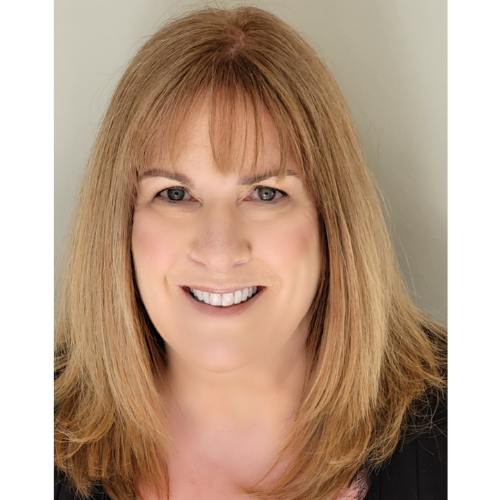
The Risks of Building Your Experience Around a Typical Client
You may be familiar with the old adage about averages.
“If you stand with one foot in a bucket of ice and the other in a bucket of boiling water, on average you should be comfortable.” The theory, of course, is decidedly different from the reality.
And yet, when it comes to our client experience, we use averages rather liberally.
We say things like:
- “My clients want to meet X number of times per year” or
- “My clients prefer in-person meetings” or
- “My clients don’t want to talk about that”
We allow our assumptions about 'some clients' drive the experience we deliver to all clients.
You could argue that you ask clients how often they want and need to ensure you aren’t letting your own assumptions get in the way. Good plan. But even then it's tempting to focus on what the majority of clients want and deliver that to everyone. Not such a good plan.
If you are using the needs of a typical client (or the needs of a majority) to define your client experience, you may be in for a rude awakening.
You see, it’s hard to find a ‘typical’ human being. And it turns out that if you aren’t delivering what I, as an individual client, want or need, I won't take comfort in the fact that a majority of your clients want something different.
At this point you might push back and wave your client segmentation model around. “We deliver a completely different experience based on our robust client segmentation model,” you might argue. “We don’t deliver the same experience to everyone.”
That’s critical, of course. But value segmentation is entirely about what you are willing to deliver, based on client value. It is not necessarily what your clients want or need.
I think, for the sake of our clients and the future of our client experience, we need to go further.
What Drives Expectations?
While we cannot easily create a client experience that is unique to each individual (yet), there is a driver of client experience that we cannot ignore. It’s true (and you know it) that age influences what we need, want and expect. And what clients need, want and expect drives the client experience.
At Absolute Engagement we examine client input from our advisory clients and from our industry research through the lens of different demographic variables. Inevitably, age drives the most significant differences.
(It’s not surprising. Age drives most of the changes in my life.)
The problem seems clear. If the majority of your clients are older and you are using their needs and preferences to define your experience, you may be getting the experience completely wrong for other segments of your clients.
To clarify, I’m not talking about the potential that we may ignore very young clients. You’ll may tell me they aren’t your target. I’m talking about clients who are under 50 and they are the future of your business.
The Danger of Assumption
Let’s look at some examples of what we tell ourselves and how those assumptions might lead us in the wrong direction. I’ll share a few tidbits of our upcoming investor research on which we partner with the Investments & Wealth Institute. Watch this space for more.
1. “My clients want to meet "X number" of times per year.”
On average, clients who are under 45 want one more meeting per year than clients who are over 45. A level of contact that is too much for one segment may not be enough for another. Client value is driving how often you are willing to meet, but age may be driving client expectations.
2. “My clients can’t wait to get back to in-person meetings.”
Clients who are under 45 are more than twice as likely to prefer zoom meetings as those who are 65+.
3. “My clients don’t want to connect on social media.”
While only 14 percent of clients who are 65+ say they want to connect with/learn more from their advisor on social media, that jumps to 88 percent for those under 45.
A Segmented Client Experience
It's easy to fall into these traps because the averages are telling your one thing but the reality is different. You may be doing everything you can to deliver on the needs of a typical client but alienating others in the process.
It's not easy, but I believe we'll need to deliver a segmented experience in future if we want to stay relevant. We cannot cling to the idea that younger clients are not the primary target. Even if you are not explicitly targeting younger clients, you will in future. And they will bring all of their preferences and expectations along with them.
Thanks for stopping by,
Julie
P.S. There are still spots available on Referral Activator, our new program to help you drive referrals, comfortably and efficiently. Registration ends on July 30 and you can find out more here.





